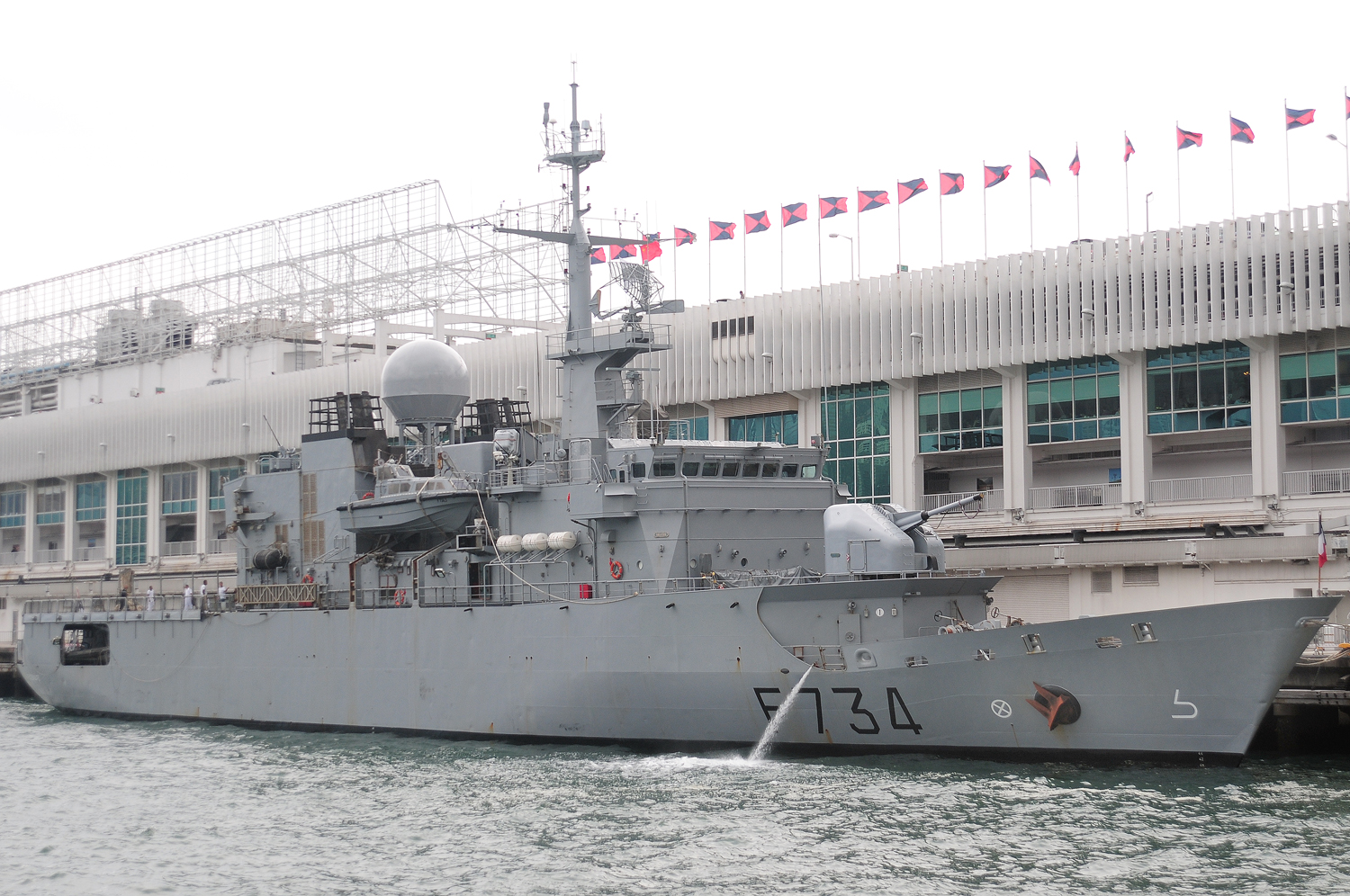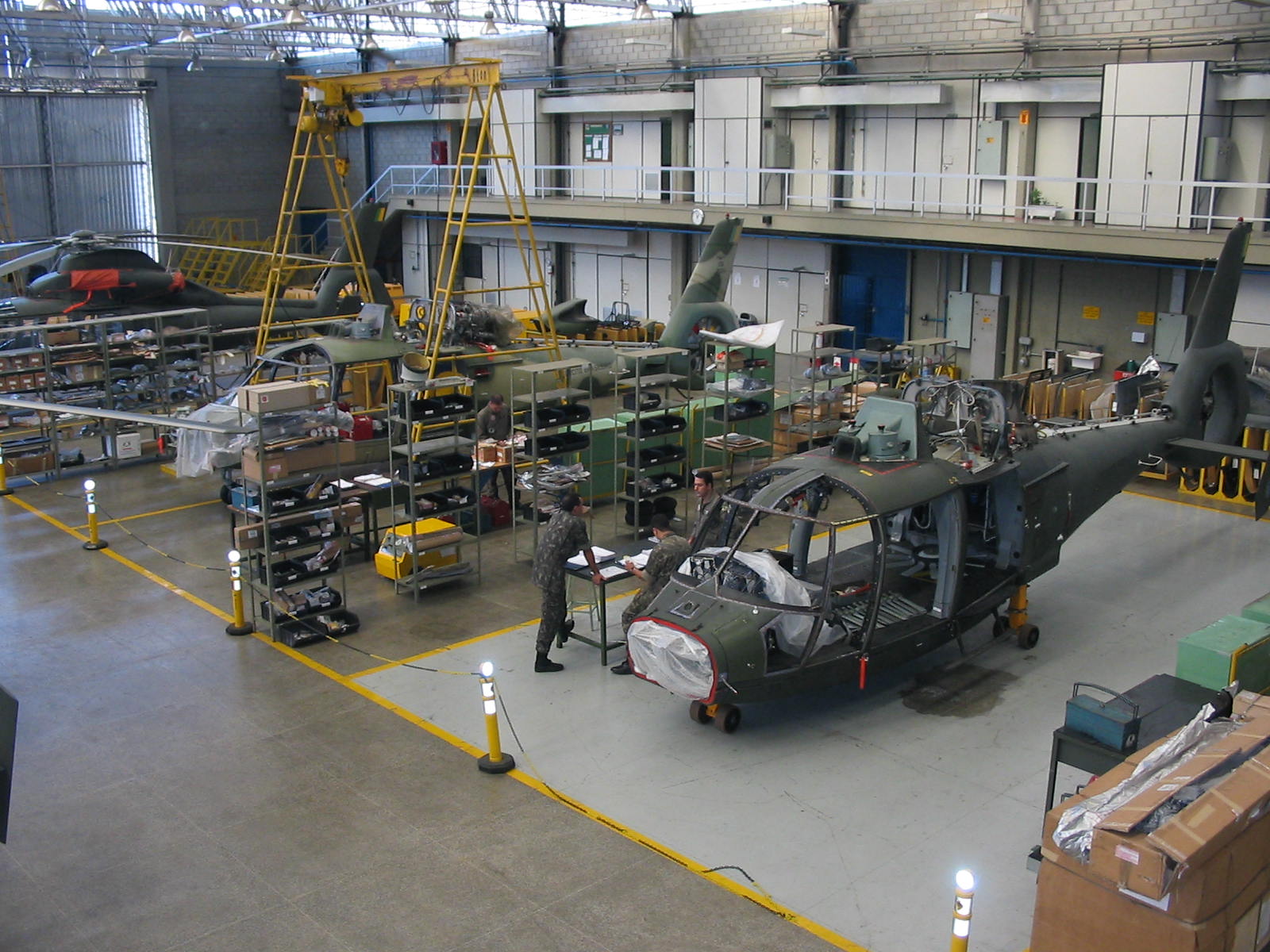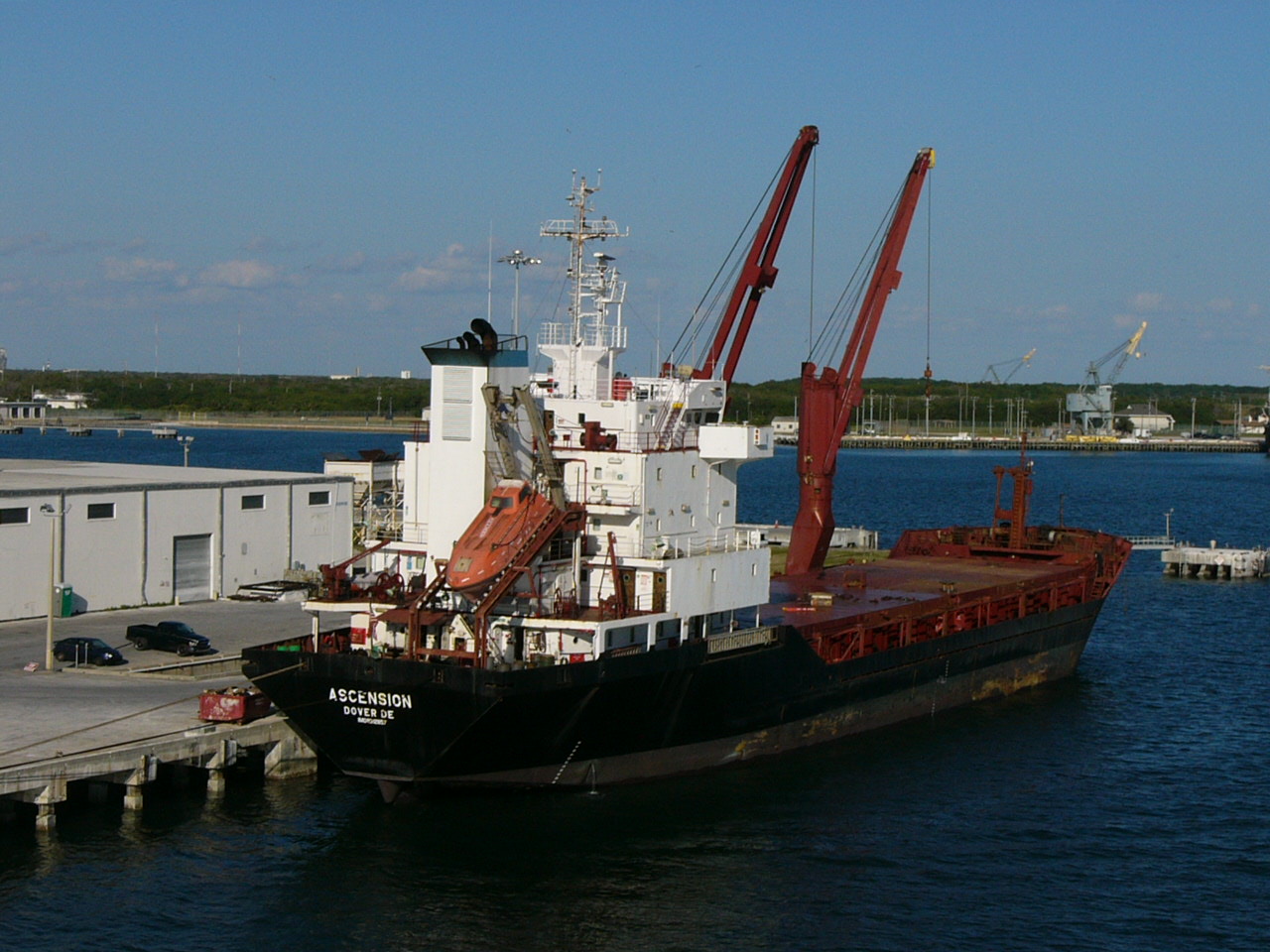|
French Frigate Vendémiaire
''Vendémiaire'' is a () of the French Navy. She is the fifth ship of the class, and is named after Vendémiaire, the first month of the Republican Calendar. The ship was constructed at Saint-Nazaire, France, in 1992 and entered service in 1993. ''Vendémiaire'' is stationed in the French Pacific territories for patrol duties. Design and description The s were designed in response to a demand for a cheap warship capable of operating in low threat areas and able to perform general patrol functions. As a result, the ''Floréal'' class were constructed to mercantile standards in the areas of ammunition stowage, helicopter facilities and damage control, which significantly lowered the cost of the vessels. The ''Floréal'' class were designed for using modular construction which shortened their building times. ''Vendémiaire'' has a standard displacement of and at full load. The frigate measures long between perpendiculars and overall with a beam of and a draught of . D ... [...More Info...] [...Related Items...] OR: [Wikipedia] [Google] [Baidu] |
Vendémiaire
Vendémiaire () was the first month in the French Republican calendar. The month was named after the Occitan word ''vendemiaire'' 'grape harvester'. Vendémiaire was the first month of the autumn quarter (''mois d'automne''). It started on the day of the autumnal equinox, which fell between 22 September and 24 September, inclusive. It thus ended between 21 October and 23 October, and was the season of the vintage in the wine districts of northern France. It follows the Sansculottides of the past year and precedes Brumaire. Day name table Like all FRC months Vendémiaire lasted 30 days and was divided into three 10-day weeks, called ''décades'' (decades). In accordance with the suggestion of Fabre d'Églantine Philippe François Nazaire Fabre d'Églantine (; 28 July 1750 – 5 April 1794), commonly known as Fabre d'Églantine, was a French actor, dramatist, poet, and politician of the French Revolution. He is best known for having invented the names o ..., each of the ... [...More Info...] [...Related Items...] OR: [Wikipedia] [Google] [Baidu] |
Displacement (ship)
The displacement or displacement tonnage of a ship is its weight. As the term indicates, it is measured indirectly, using Archimedes' principle, by first calculating the volume of water displaced by the ship, then converting that value into weight. Traditionally, various measurement rules have been in use, giving various measures in long tons. Today, tonnes are more commonly used. Ship displacement varies by a vessel's degree of load, from its empty weight as designed (known as "lightweight tonnage") to its maximum load. Numerous specific terms are used to describe varying levels of load and trim, detailed below. Ship displacement should not be confused with measurements of volume or capacity typically used for commercial vessels and measured by tonnage: net tonnage and gross tonnage. Calculation The process of determining a vessel's displacement begins with measuring its draft.George, 2005. p. 5. This is accomplished by means of its "draft marks". A merchant vessel has t ... [...More Info...] [...Related Items...] OR: [Wikipedia] [Google] [Baidu] |
Eurocopter AS565 Panther
The Eurocopter, later Airbus Helicopters AS565 Panther is the military version of the Eurocopter AS365 Dauphin medium-weight multi-purpose twin-engine helicopter. The Panther is used for a wide range of military roles, including combat assault, fire support, anti-submarine warfare, anti-surface warfare, search and rescue, and medical evacuation. Development During the 1980s, French aerospace firm Aerospatiale decided to develop a purpose-built military version of their Eurocopter AS365 Dauphin. The civil SA365 N variant of the Dauphin was used as the starting point for the project; the new rotorcraft was designed to perform utility, anti-tank, troop-transport, and maritime operations. On 28 February 1984, the military variant prototype, designated as the AS365M and later named Panther, conducted its first flight. A total of three prototypes were built. In May 1986, Aerospatiale formally launched production of the AS365M, at which point the firm anticipated more than 400 Panther ... [...More Info...] [...Related Items...] OR: [Wikipedia] [Google] [Baidu] |
Radar
Radar is a system that uses radio waves to determine the distance ('' ranging''), direction ( azimuth and elevation angles), and radial velocity of objects relative to the site. It is a radiodetermination method used to detect and track aircraft, ships, spacecraft, guided missiles, motor vehicles, map weather formations, and terrain. The term ''RADAR'' was coined in 1940 by the United States Navy as an acronym for "radio detection and ranging". The term ''radar'' has since entered English and other languages as an anacronym, a common noun, losing all capitalization. A radar system consists of a transmitter producing electromagnetic waves in the radio or microwave domain, a transmitting antenna, a receiving antenna (often the same antenna is used for transmitting and receiving) and a receiver and processor to determine properties of the objects. Radio waves (pulsed or continuous) from the transmitter reflect off the objects and return to the receiver, giving ... [...More Info...] [...Related Items...] OR: [Wikipedia] [Google] [Baidu] |
Superstructure
A superstructure is an upward extension of an existing structure above a baseline. This term is applied to various kinds of physical structures such as buildings, bridges, or ships. Aboard ships and large boats On water craft, the superstructure consists of the parts of the ship or a boat, including sailboats, fishing boats, passenger ships, and submarines, that project above her main deck. This does not usually include its Mast (sailing), masts or any armament gun turret, turrets. Note that, in modern times, turrets do not always carry naval artillery. They can also carry missile launchers and/or antisubmarine warfare weapons. The size of a watercraft's superstructure can have many implications in the performance of ships and boats, since these structures can alter their structural rigidity, their displacements, and/or stability. These can be detrimental to any vessel's performance if they are taken into consideration incorrectly. The height and the weight of superstructure ... [...More Info...] [...Related Items...] OR: [Wikipedia] [Google] [Baidu] |
Surface-to-surface Missile
A surface-to-surface missile (SSM) is a missile designed to be launched from the ground or the sea and strike targets on land or at sea. They may be fired from hand-held or vehicle mounted devices, from fixed installations, or from a ship. They are often powered by a rocket engine or sometimes fired by an explosive charge, since the launching platform is typically stationary or moving slowly. They usually have fins and/or wings for lift and stability, although hyper-velocity or short-ranged missiles may use body lift or fly a ballistic trajectory. The first operational surface-to-surface missile was the V-1 flying bomb, it was powered by a pulsejet engine. Contemporary surface-to-surface missiles are usually guided. An unguided surface-to-surface missile is usually referred to as a rocket (for example, an RPG-7 or M72 LAW is an anti-tank rocket), whereas a BGM-71 TOW or AT-2 Swatter is an anti-tank guided missile. Examples of surface-to-surface missile include the MGM-140 ... [...More Info...] [...Related Items...] OR: [Wikipedia] [Google] [Baidu] |
Aviation Fuel
Aviation fuels are either petroleum-based or blends of petroleum and synthetic fuels, used to power aircraft. They have more stringent requirements than fuels used for ground applications, such as heating and road transport, and they contain additives to enhance or preserve properties important to fuel performance and handling. They are kerosene-based fuels (such as JP-8 and Jet A-1) used in gas-turbine-powered aircraft. Piston-engined aircraft use leaded gasoline, while those with diesel engines may use jet fuel (kerosene). By 2012, all U.S. Air Force aircraft had been certified to use a 50-50 blend of kerosene and synthetic fuel derived from coal or natural gas, in an effort to stabilize fuel costs. Types of aviation fuel Conventional aviation fuels Jet fuel Jet fuel is a clear to straw-colored fuel, based on either an unleaded kerosene (Jet A-1), or a naphtha–kerosene blend (Jet B). Similar to diesel fuel, it can be used in either Diesel engine, compression ignition ... [...More Info...] [...Related Items...] OR: [Wikipedia] [Google] [Baidu] |
Diesel Fuel
Diesel fuel, also called diesel oil, heavy oil (historically) or simply diesel, is any liquid fuel specifically designed for use in a diesel engine, a type of internal combustion engine in which fuel ignition takes place without a spark as a result of compression of the inlet air and then injection of fuel. Therefore, diesel fuel needs good compression ignition characteristics. The most common type of diesel fuel is a specific fractional distillation, fractional distillate of petroleum fuel oil, but alternatives that are not derived from petroleum, such as biodiesel, biomass to liquid (BTL) or gas to liquid (GTL) diesel are increasingly being developed and adopted. To distinguish these types, petroleum-derived diesel is sometimes called petrodiesel in some academic circles. Diesel is a high-volume product of oil refineries. In many countries, diesel fuel is standardized. For example, in the European Union, the standard for diesel fuel is EN 590. Ultra-low-sulfur diesel (ULSD) i ... [...More Info...] [...Related Items...] OR: [Wikipedia] [Google] [Baidu] |
Controllable Pitch Propeller
Controllability is an important property of a control system and plays a crucial role in many regulation problems, such as the stabilization of unstable systems using feedback, tracking problems, obtaining optimal control strategies, or, simply prescribing an input that has a desired effect on the state. Controllability and observability are dual notions. Controllability pertains to regulating the state by a choice of a suitable input, while observability pertains to being able to know the state by observing the output (assuming that the input is also being observed). Broadly speaking, the concept of controllability relates to the ability to steer a system around in its configuration space using only certain admissible manipulations. The exact definition varies depending on the framework or the type of models dealt with. The following are examples of variants of notions of controllability that have been introduced in the systems and control literature: * State controllability ... [...More Info...] [...Related Items...] OR: [Wikipedia] [Google] [Baidu] |
SEMT Pielstick
SEMT Pielstick was a French company that designed and built large diesel engines. Its full name was (Company of Thermal Machines Studies). Founded in 1948, SEMT was bought by MAN Diesel in 2006 During its existence as an independent company, SEMT manufactured engines for locomotives, naval vessels, Power station, power plants, and merchant ships. Its customers included France, the United States, Russia, India, and other countries. History SEMT. was created in 1946 by France's ministry for Industrial engineering, industrial production by combining five national companies: * (Saint-Nazaire), * (La Courneuve) * (Le Havre) * (Nantes) * (Denain) The aim of the new company was to develop new engines in France that could be licensed internationally. In 1948, the first licenses were supplied to licensed engine building companies worldwide. In 1951, after its relocation at La Courneuve, the was equipped with the first Testbed, test beds. The equipment, which enabled t ... [...More Info...] [...Related Items...] OR: [Wikipedia] [Google] [Baidu] |
Combined Diesel And Diesel
Combined diesel and diesel (CODAD) is a propulsion system for ships using two diesel engines to power a single propeller shaft. System A gearbox and clutches enable either of the engines or both of them together to drive the shaft. Two advantages over simply using a single, larger diesel engine of the same total power output are that (1) diesel engines have somewhat better specific fuel consumption at 75% to 85% max output than they do at only 50% output, and (2) there is a weight and size advantage to using two higher-speed engines compared to a single lower-speed engine, even with the slightly larger gearbox system. CODAD vessels Passenger and Car Ferry Ships * M/F Povl Anker Containerships * MV ACX Crystal Coast Guard Offshore General-Purpose Cutters * Iwami-class patrol vessel * Shiretoko-class patrol vessel * Tanjung Datu-class patrol vessel Coast Guard Offshore Security Patrol Cutters * Mizuho-class patrol vessel * Ojika-class patrol vessel Coast Guard Mu ... [...More Info...] [...Related Items...] OR: [Wikipedia] [Google] [Baidu] |
Draft (hull)
The draft or draught of a ship is a determined depth of the vessel below the waterline, measured vertically to its hull's lowest—its propellers, or keel, or other reference point. Draft varies according to the loaded condition of the ship. A deeper draft means the ship will have greater vertical depth below the waterline. Draft is used in under keel clearance calculations, where the draft is calculated with the available depth of water (from Electronic navigational charts) to ensure the ship can navigate safely, without grounding. Navigators can determine their draught by calculation or by visual observation (of the ship's painted load lines). Related terminology A ship's draft/draught is the "depth of the vessel below the waterline measured vertically to the lowest part of the hull, propellers, or other reference point". That is, the draft or draught is the maximum depth of any part of the vessel, including appendages such as rudders, propellers and drop keels if de ... [...More Info...] [...Related Items...] OR: [Wikipedia] [Google] [Baidu] |







